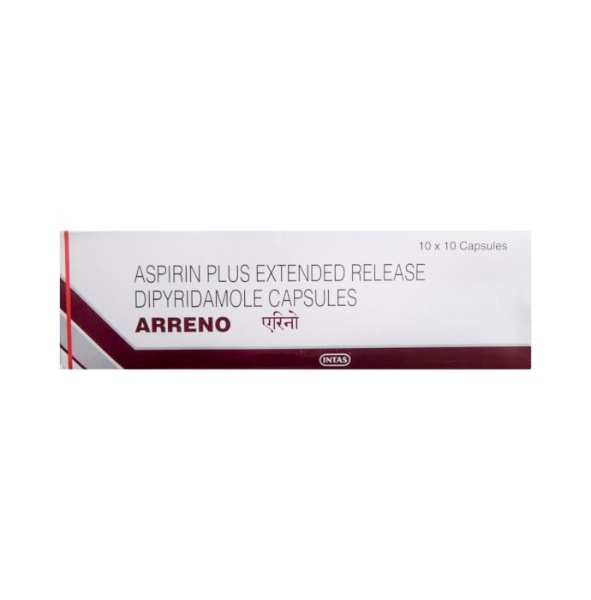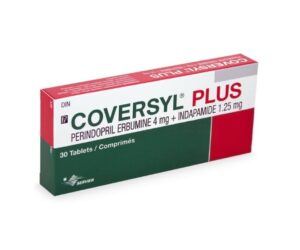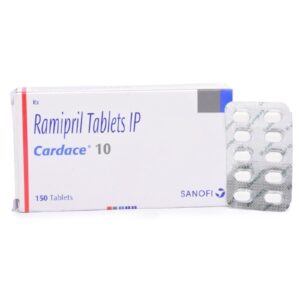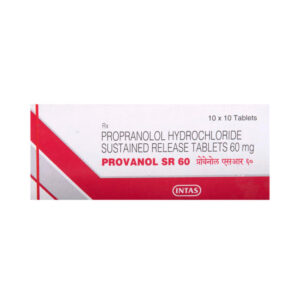Aspirin and Dipyridamole Information
What is this drug used for?
• It is used to prevent strokes.
Possible side effects
Aspirin and Dipyridamole may cause side effects. Tell your doctor if any of these symptoms are severe or do not go away:
• Stomach pain or heartburn.
• Upset stomach or throwing up.
• Diarrhea.
• You may have headaches when you start taking this drug. Most of the time it gets better with time. Call your doctor if you have a headache that gets very bad, bothers you, or does not go away. There may be ways to lessen this side effect.
Some side effects can be serious. If you experience any of these symptoms, call your doctor immediately or get emergency medical treatment:
• Signs of an allergic reaction, like rash; hives; itching; red, swollen, blistered, or peeling skin with or without fever; wheezing; tightness in the chest or throat; trouble breathing, swallowing, or talking; unusual hoarseness; or swelling of the mouth, face, lips, tongue, or throat.
• Signs of bleeding like throwing up or coughing up blood; vomit that looks like coffee grounds; blood in the urine; black, red, or tarry stools; bleeding from the gums; abnormal vaginal bleeding; bruises without a cause or that get bigger; or bleeding you cannot stop.
• Signs of liver problems like dark urine, feeling tired, not hungry, upset stomach or stomach pain, light-colored stools, throwing up, or yellow skin or eyes.
• Signs of kidney problems like unable to pass urine, change in how much urine is passed, blood in the urine, or a big weight gain.
• Weakness on 1 side of the body, trouble speaking or thinking, change in balance, drooping on one side of the face, or blurred eyesight.
• Chest pain that is new or worse.
• Feeling confused.
• Memory problems or loss.
• Feeling very tired or weak.
• Very bad dizziness or passing out.
• Ringing in ears.
• Hearing loss.
Medication Safety Issues
Sound-alike/look-alike issues:
Aggrenox may be confused with Aggrastat.
Storage and Stability
Store at 25°C (77°F); excursions permitted to 15°C to 30°C (59°F to 86°F). Protect from excessive moisture.
Adverse Reactions
>10%:
Central nervous system: Headache (39%; tolerance usually develops)
Gastrointestinal: Abdominal pain (18%), dyspepsia (18%), nausea (16%), diarrhea (13%)
1% to 10%:
Gastrointestinal: Vomiting (8%), gastrointestinal hemorrhage (3%)
Hematologic & oncologic: Hemorrhage (3%)
<1%, postmarketing, and/or case reports: Agitation, alopecia, anaphylaxis, angina pectoris, angioedema, anorexia, aplastic anemia, bronchospasm, bruise, cardiac arrhythmia, cerebral edema, cerebral hemorrhage, chest pain, cholelithiasis, confusion, dehydration, disorder of hemostatic components of blood, disseminated intravascular coagulation, dizziness, dyspnea, ecchymoses, flushing, gastritis, gastrointestinal perforation, gastrointestinal ulcer, gingival hemorrhage, hearing loss, hematemesis, hematoma, hematuria, hemoptysis, hepatic failure, hepatic insufficiency, hepatitis, hyperkalemia, hypersensitivity angiitis, hypersensitivity reaction, hypoglycemia, hypokalemia, hypotension, hypothermia, interstitial nephritis, intracranial hemorrhage, jaundice, laryngeal edema, melena, metabolic acidosis, migraine, myalgia, nonthrombocytopenic purpura, palpitations, pancreatitis, pancytopenia, prolonged prothrombin time, proteinuria, pruritus, rectal hemorrhage, renal failure syndrome, renal insufficiency, renal papillary necrosis, respiratory alkalosis, Reye’s syndrome, rhabdomyolysis, skin rash, Stevens-Johnson syndrome, subarachnoid hemorrhage, supraventricular tachycardia, syncope, tachycardia, tachypnea, thrombocythemia, thrombocytopenia, urticaria –








